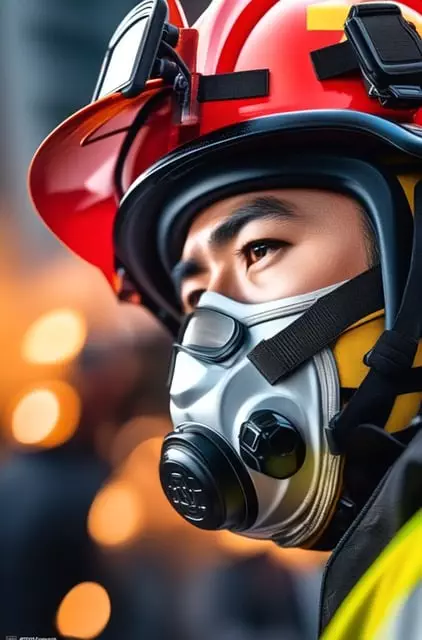Rideshare safety litigation in New York City, Queens faces complex legal issues related to workplace injuries, with negligence and liability central. High-density urban environment, intense work pressures, and lack of formal safety measures contribute to frequent accidents among drivers. Companies like Uber and Lyft are enhancing security through advanced driver assessments, real-time tracking, training, data analytics, and accountability measures to prioritize passenger safety and maintain trust. Staying aligned with local regulations and industry best practices is crucial for minimizing risks in this bustling metropolis.
Rideshare safety litigation has emerged as a critical legal issue, particularly with the rise of services like Uber and Lyft in urban centers. This article delves into the complex world of legal perspectives surrounding these incidents, using New York City, Queens as a case study for its high concentration of rideshare activity and resulting workplace injuries. We explore common accident causes and strategies to mitigate risks, ensuring passenger safety remains paramount.
- Understanding Rideshare Safety Litigation: A Legal Perspective
- Workplace Injuries in New York City Queens: A Case Study
- Common Causes of Accidents Involving Rideshare Services
- Mitigating Risks and Ensuring Passenger Safety
Understanding Rideshare Safety Litigation: A Legal Perspective

Rideshare Safety Litigation, particularly in the context of workplace injuries in New York City, Queens, involves a complex interplay of laws and regulations designed to protect both riders and drivers. From a legal perspective, these cases often center around negligence, liability, and safety standards. When an accident occurs, establishing fault is crucial. Drivers and rideshare companies are held to specific safety protocols, and failure to adhere to these can result in significant legal repercussions.
In Queens, with its bustling streets and high density of rideshare activity, understanding the legal framework is paramount. Workplace injuries may include physical harm sustained during a ride or as part of the driver’s preparation. Legal actions often involve meticulous documentation of events leading up to the incident, medical reports, and expert opinions to substantiate claims. The goal is to ensure accountability and provide justice for victims while also promoting safer practices within the rideshare industry.
Workplace Injuries in New York City Queens: A Case Study

In New York City, particularly in bustling Queens, rideshare companies like Uber and Lyft have become a common sight. However, this convenience comes with a downside when it comes to workplace injuries. A case study of drivers in Queens reveals a significant number of incidents stemming from long hours, high traffic, and demanding customers. These accidents range from collisions with other vehicles to falls while entering or exiting vehicles, highlighting the physical demands and risks associated with the job.
The unique urban landscape of Queens, with its labyrinthine streets and heavy congestion, poses challenges that are often overlooked. Drivers, pressured by tight schedules and economic incentives, may take risky shortcuts, leading to accidents. Moreover, the lack of formal workplace safety measures specific to rideshare drivers exacerbates these issues. This situation underscores the urgent need for regulatory bodies to address the unique safety concerns faced by rideshare workers in New York City Queens.
Common Causes of Accidents Involving Rideshare Services

Rideshare services, while offering convenience and accessibility, are not immune to accidents. Common causes often stem from a mix of driver distraction, aggressive driving behaviors, and vehicle maintenance issues. In densely populated areas like New York City’s Queens, where rideshare usage is high, these factors can compound risks. Driver distractions, such as using mobile devices or adjusting navigation systems, significantly contribute to crash rates. Aggressive driving, including speeding and sudden lane changes, poses immediate dangers not only to passengers but also to other road users.
Moreover, poor vehicle maintenance—such as worn-out brakes, defective tires, or malfunctioning lights—can lead to catastrophic failures, especially during inclement weather conditions. Workplace injuries in New York City Queens are not uncommon, with rideshare drivers facing increased pressure to meet demanding surge pricing periods and tight scheduling. This can result in fatigue and reduced alertness, further exacerbating safety risks on the roads.
Mitigating Risks and Ensuring Passenger Safety

In the dynamic landscape of rideshare services, mitigating risks and ensuring passenger safety is paramount. Companies like Uber and Lyft have faced scrutiny over workplace injuries in New York City Queens, underscoring the need for robust safety measures. To address this, these platforms are implementing advanced driver screening processes, incorporating technology for real-time monitoring, and providing comprehensive training on safety protocols. By leveraging data analytics, they can identify high-risk patterns and adjust policies accordingly, enhancing passenger protection.
Additionally, promoting driver accountability and fostering a culture of safety is crucial. Regular safety audits, feedback mechanisms, and open communication channels enable continuous improvement. As the rideshare industry evolves, adapting to local regulations and staying abreast of best practices will be essential to minimize risks and safeguard passengers in bustling urban areas like New York City Queens.
Rideshare safety litigation, as explored through the lens of New York City’s Queens workplace injuries, highlights the complex interplay between consumer demand for convenience and the need for stringent safety measures. Understanding common accident causes allows for proactive mitigation strategies that can significantly enhance passenger safety. By focusing on risk reduction and adopting best practices, the rideshare industry can evolve into a safer, more reliable mode of transportation, ensuring peace of mind for both passengers and drivers alike.
